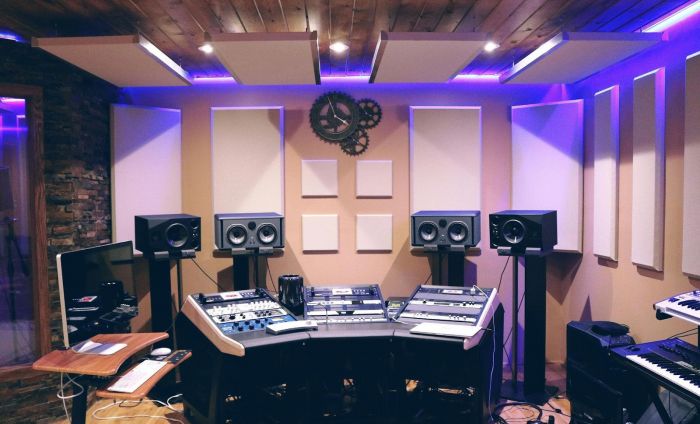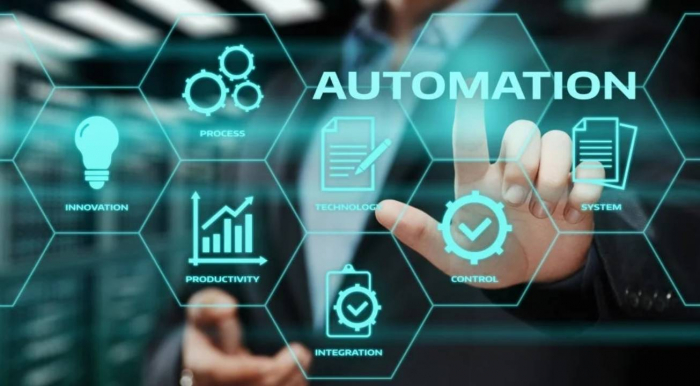Advancements in technology have changed the way people make a living. Welcome to the digital era, where content is king and remote working is the new norm. With an increase in online platforms, it has become mandatory for both professional and hobbyist content creators to have a home studio boasting all the facilities.
So, whether you are a podcaster with regular guests, a YouTuber, or running an online business, having a home studio can offer you flexibility and control over your content. Also, not to mention the money you’d save by not renting external service providers.
Having a home studio is a wonderful idea. But with all these gadgets and equipment, it is easy to feel overwhelmed for beginners. Don't worry. We are here to guide you. Let's see the home studio essentials that are an absolute necessity for any content creator, so you know what to buy.
Video Creators, You Need Storage Space

Does your content involve a lot of video making and editing? Well, in that case, the storage device you choose directly impacts your content. Beginners, for instance, underestimate how ample storage reduces video lag, data export, and playback speed.
The need for extra storage space is evident, but there is a constant debate on SSD vs HDD for video editing — i.e., which one you should purchase to fulfill your content management needs.
The SSD (Solid State Drive) offers impressive speed and heat resistance, enabling creators to edit their content without lag. It is a lightweight and durable option that is not resistant to damage. However, SSDs are expensive and can cost you a good amount of money for a simple upgrade.
Then we have the HDDs. Known for their affordability and space, HDDs can be used to store data files and archives. They are not as fast as your SSDs, which can be a point of concern for video makers. Ideally, a mix of SSD and HDD can help you with your video editing and storage needs.
SSDs can be used for producing video content, while HDDs can be storage units. Be careful with handling your storage devices and always maintain a backup.
Clean Audio is Pivotal for Quality Content
Does your content involve audio aspects such as doing voiceovers, recording podcasts, or holding live sessions with your guests? Well, to refine your audio experience, you need to incorporate microphones in your home studio.
There is a choice between USB and XLR experience.
USB microphones are the simplest ones. These are the best options to meet different content needs because they are portable and affordable, and you can just plug them in and start using them. Due to the simplicity, you may have limited settings and control.
XLR microphones, on the other hand, offer better audio quality and give a professional output. They can be integrated into multi-mic and studio setups as you get better effects and control over gain. Unlike USB, XLR microphones are less portable and not easy to set up. You will require an audio interface or mixer for optimal output.
Beginners can consider starting with a USB microphone and upgrading to an XLR one over time. With a microphone, you should invest in a top-notch headphone set that gives you crisp sound and helps detect the nitty-gritty that a speaker just won’t.
The surroundings also play quite a significant role in defining the output quality. Consider an acoustic treatment, such as installing acoustic foams or panels, that promote better sound management and maintain optimal audio quality.
Content Creators, It’s All About the Camera and Lighting
For content creators to completely elevate the graphic quality, they need a solid camera and lighting setup. Good-quality pictures and videos are always liked by content consumers as they seem more engaging. It also gives the impression that the creator is keen on producing premium content.
Your camera inventory should have a mix of webcams and DSLRs. Plus, a good-quality, latest phone can also help you make good content. For webcams, Logitech offers some good-quality and durable options.
Similarly, you can consider brands like Canon and Sony for a DSLR. iPhones do one heck of a job at taking pictures and videos. However, the latest models of Samsung and Google are also great phones that are fulfilling content creation needs.
Increase the lighting in your home studio by investing in LED panels, softbox kits, and ring lights for a more professional output.
Your Device Will Bring It All Together
We all know the most essential component for bringing your content together is the machine you work on. Whether you choose to work on a PC or a laptop, it’s the specifications and performance of your device that will run everything smoothly.
A system with decent specs can ensure that you can work through multiple files at once without lag or crashes. Look for a device with an Intel i7 or equivalent processor, minimum 16 GB RAM, and built-in SSD storage.
Other specs like GPU, USB ports, display, and audio should also be considered when buying a system.
Always remember to choose a device with features that align with the type of content you produce. For instance, gamers will require a device with better features than someone who just uses it to edit pictures for their online business.
Maintain a Power Backup
Regardless of your location, it is normal for power interruptions to occur. Even a simple drop in voltage can have a serious impact on your work. A sudden loss of power can result in the loss of hours' worth of work. Not to mention how these unexpected drops damage expensive studio equipment.
To protect your studio equipment and content, it is ideal to invest in a UPS that provides enough backup to help you continue your work without any interruptions. You can make a UPS last longer by installing multiple battery backups without any interruption.
Setting up your very own home studio is more than just filling your room with equipment. Instead, it is all about creating a remote setup that gives you authority over your content and increases output efficiency.
As a home studio beginner, you can start with basic equipment such as storage, cameras, and audio management tools. With time and experience, you can upgrade your home studio with more equipment and gadgets.
With time, your studio will become a personalized space that gives you complete creative freedom to produce any kind of content you like, and that too without interruptions!
Post Comment
Be the first to post comment!





